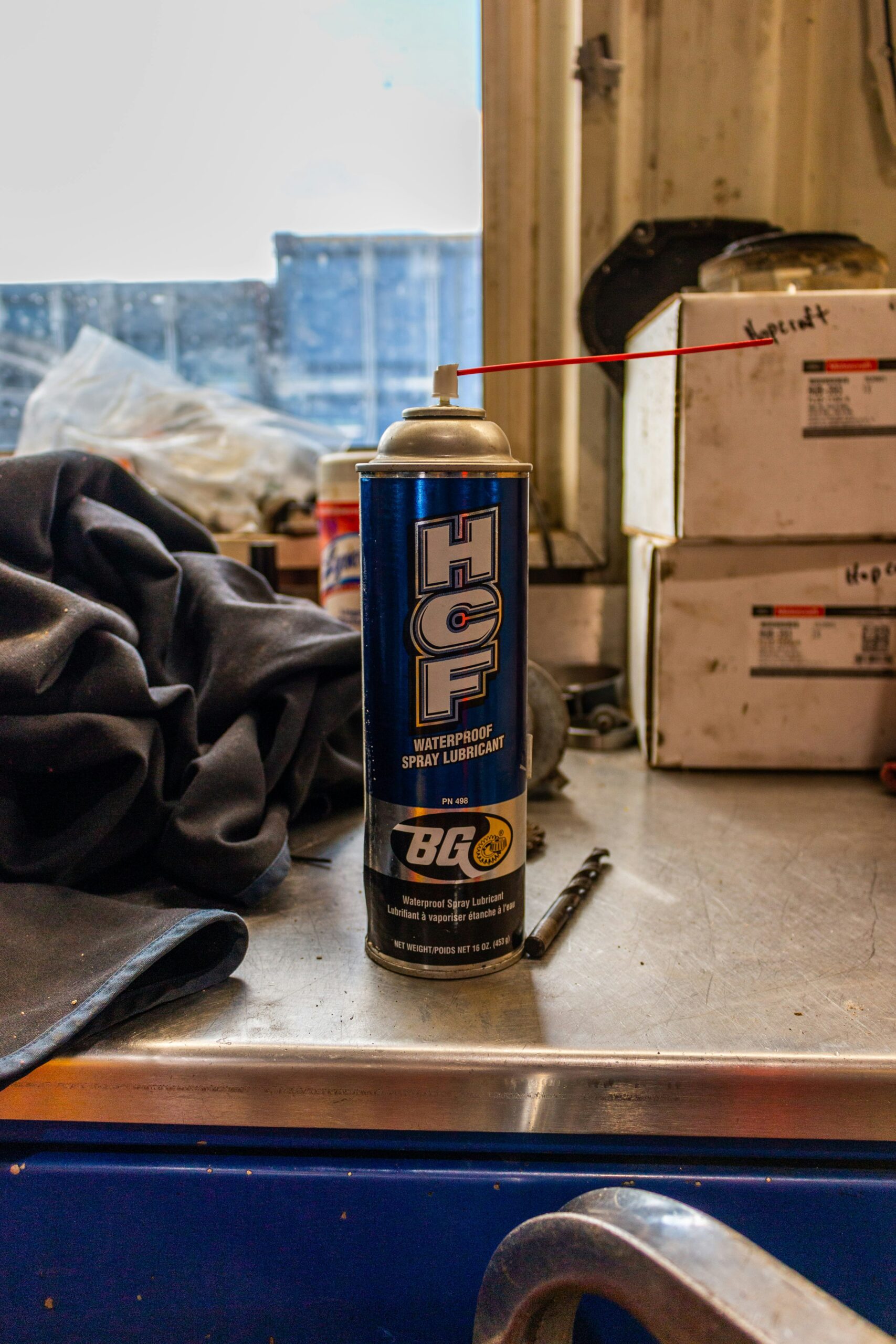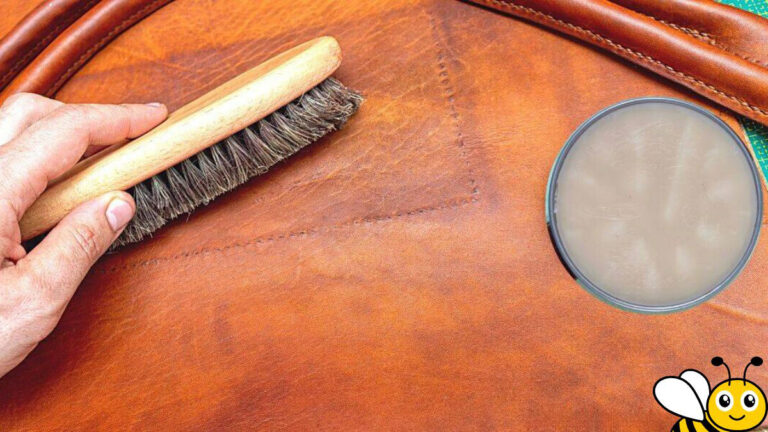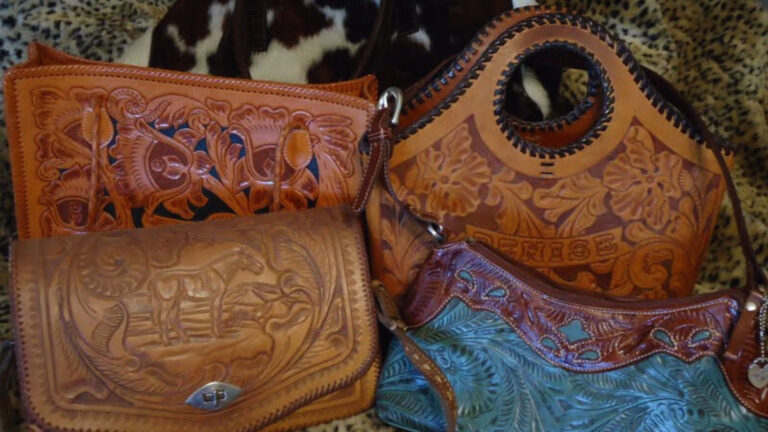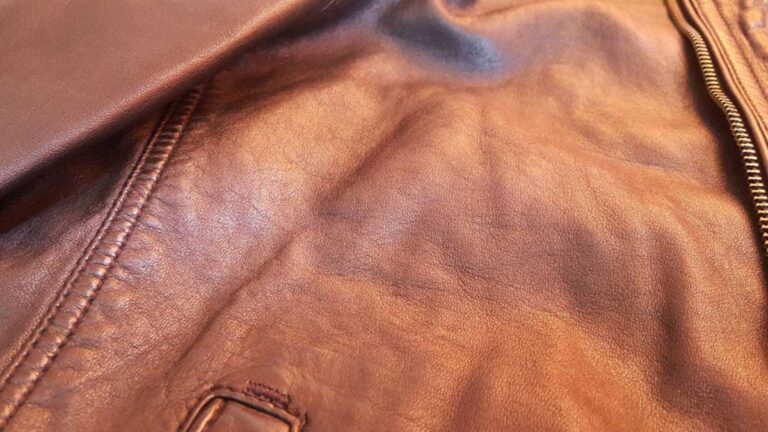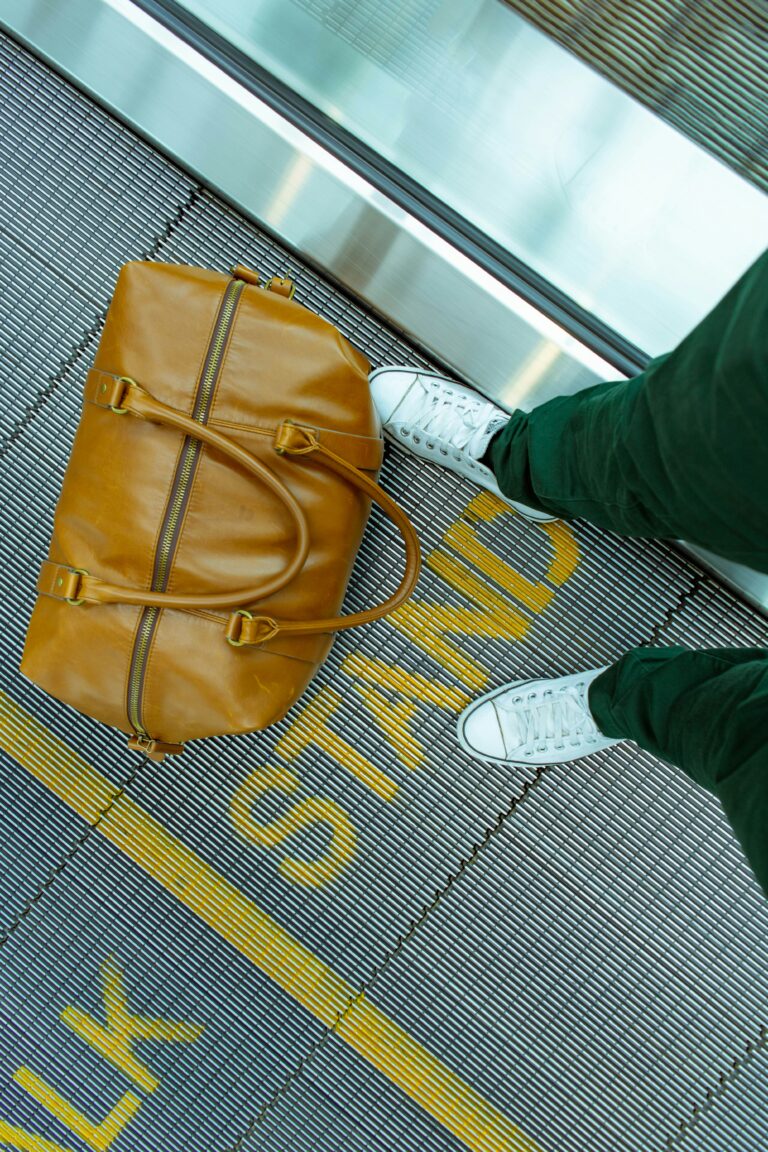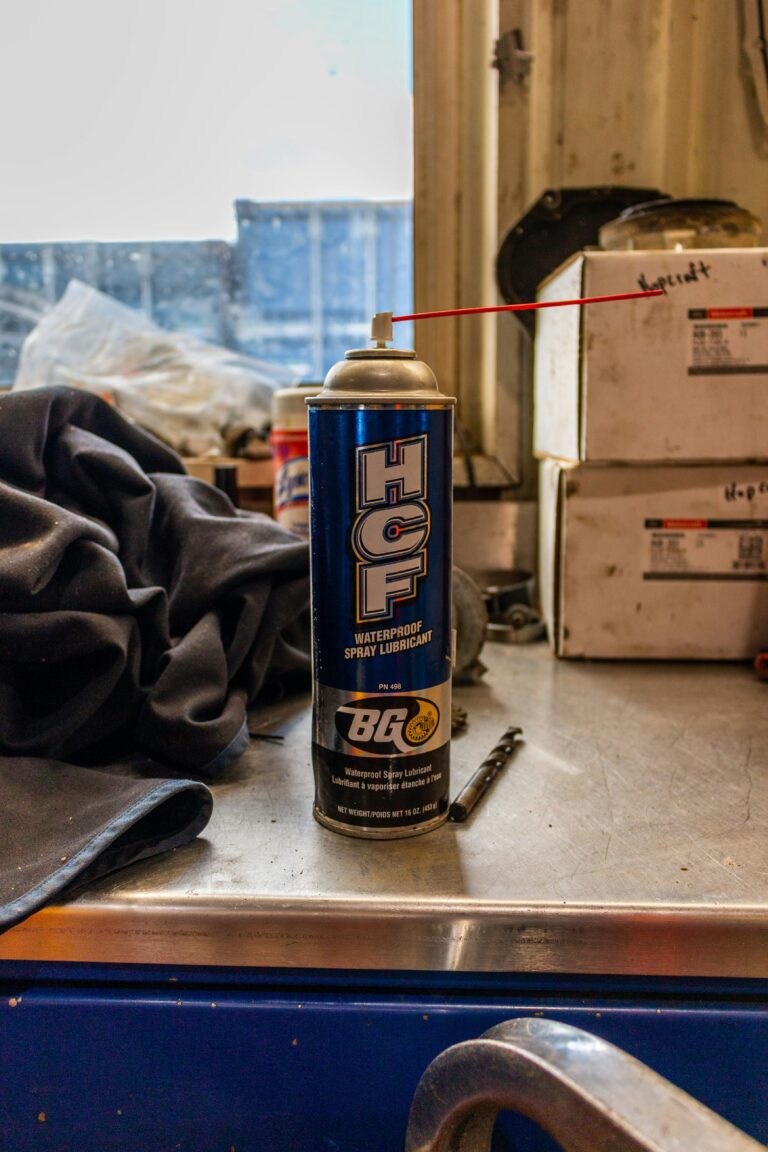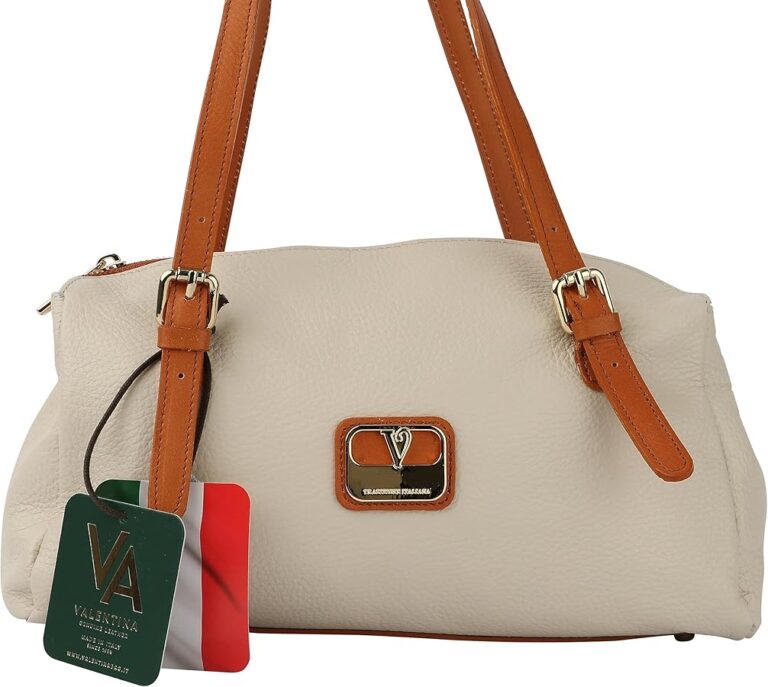Can Leather Jackets Get Wet? Water Damage Prevention
Maintaining Leather Jackets
To ensure the longevity and appearance of your leather jacket, it is essential to focus on both the quality of the leather and the proper fit. These factors play a significant role in maintaining your jacket and safeguarding it from potential damage.
Quality of Leather
The quality of leather used in your jacket significantly affects its lifespan and durability. Full-grain leather is considered the highest quality due to its toughness and natural character. It retains the outermost layer of the hide, which includes all the natural grain (Octane Seating). Jackets made with full-grain leather, like those from Aero Leathers, offer exceptional longevity, even with heavy wear (Aero Leather Clothing).
There are several types of leather to consider:
| Leather Type | Characteristics | Uses | Quality Level |
|---|---|---|---|
| Full-Grain Leather | Tough, retains natural imperfections | Jackets, furniture | Highest |
| Top-Grain Leather | Smooth, flexible, some imperfections removed | High-end products | Second to Full-Grain |
Choosing jackets made from full-grain leather can offer waterproof properties naturally, but additional sprays and waxes can enhance water resistance.
Proper Fit Importance
The fit of your leather jacket is crucial for its longevity and overall appearance. An ill-fitting jacket can cause undue stress on seams and zippers, leading to premature wear and tear.
Consider the following points to ensure a proper fit:
- Relaxed Fit: Opting for a relaxed fit reduces tension on the jacket’s structure, which can extend its lifespan. This fit is suitable for casual wear and layering.
- Slim Fit: While fashionable, a slim fit may cause stress on the material and seams, especially if it is too tight. Ensure enough room for movement without straining the jacket.
If your jacket needs adjustments, refer to professional services to tailor your leather jacket.
For more tips on maintaining and caring for your leather jacket, check out our guide on how to care for leather jacket.
Maintaining the quality and ensuring the proper fit of your leather jacket are foundational steps to preserving its beauty and extending its life span.
Care and Longevity
A leather jacket can be a timeless addition to your wardrobe, provided it’s properly maintained. Care and regular upkeep are essential to extending the life of your leather jacket.
Regular Care Practices
Consistent and proper care for your leather jacket is crucial. Regular cleaning helps maintain the leather’s luster and suppleness over the years. Here are some key practices:
- Wipe Down: Use a clean, lightly damp cloth to wipe down your jacket regularly. This helps remove dust and dirt that can degrade the leather over time.
- Conditioning: Apply a leather conditioner every few months. This replenishes the natural oils in the leather, keeping it soft and supple.
- Avoid Direct Sunlight: Excessive exposure to sunlight can cause leather to fade and become brittle. Store your jacket in a cool, dry place away from direct sunlight.
- Proper Storage: When not in use, hang your jacket on a padded hanger to help maintain its shape. Proper storage can prevent issues like mold and stiffness.
Additional tips and detailed care instructions can be found in our comprehensive guide on how to care for leather jacket.
Avoiding Immersion in Water
Leather is a delicate material that can be adversely affected by water. It’s important to keep your leather jacket dry to avoid damage:
| Situation | Risk | Action |
|---|---|---|
| Rain Exposure | Water spots, stiffness, discoloration | Use a waterproof cover or umbrella |
| Accidental Spills | Potential staining and absorption leading to mold | Wipe with a dry cloth immediately |
| Submersion in Water | Severe structural damage, excessive shrinking | Never immerse the jacket in water |
If your jacket does get wet, there are proper drying techniques to follow:
- Immediate Action: Blot the excess water with a dry cloth. Do not rub.
- Air Drying: Lay the jacket flat on a dry towel and let it air dry at room temperature. Avoid direct heat sources like radiators or hair dryers.
- Post-Drying Care: Once dry, apply a leather conditioner to restore moisture and flexibility.
For detailed steps on drying and maintaining leather after exposure to water, visit our resource on how to care for leather jacket.
By following these practices, you can ensure the longevity and appeal of your leather jacket remains intact. For more information on leather maintenance and how to handle specific situations, check out our insights on how to fix leather jacket tear and how to store leather jacket.
Leather Types & Water Resistance
Understanding how different leather types respond to water is essential for proper care and longevity of your leather jacket. This section discusses handling wet leather jackets and the differences between sheep and cowhide leather.
Handling Wet Leather Jackets
Knowing what to do if your leather jacket gets wet is crucial to prevent lasting damage. Regardless of the type of leather, never immerse your jacket in water or put it in a washing machine. Water can strip the leather of its natural oils, causing it to crack and lose its suppleness (MAHI Leather).
Here are some steps you should follow if your leather jacket gets wet:
- Gently blot away excess water with a soft towel.
- Let the jacket air dry naturally, away from direct heat sources like radiators or sunlight.
- After drying, apply a leather conditioner to restore lost oils and maintain the leather’s flexibility.
For more in-depth guidance on drying techniques, refer to our article on how to dry a leather jacket.
Sheep vs. Cowhide Leather
Different types of leather have different characteristics and levels of water resistance. Among the most common types of leather used in jackets are sheep and cowhide.
| Leather Type | Characteristics | Water Resistance | Durability |
|---|---|---|---|
| Sheep Leather | Soft, lightweight, flexible | Shower-resistant | Moderate |
| Cowhide Leather | Tough, thick, durable | Lower water resistance | High |
Sheep Leather
Sheep leather, known for its softness and flexibility, offers a comfortable fit and ease of movement. It is often more shower-resistant compared to other leather types but should not be exposed to heavy rain. Extended exposure to water can dry out its natural oils, leading to potential cracking and wrinkling.
When caring for a sheep leather jacket, ensure it’s stored in a cool, dry place and apply conditioner periodically to maintain its natural oils. For more on storing leather, see our guide on how to store leather jacket.
Cowhide Leather
Cowhide leather is thicker and more rugged than sheep leather, making it highly durable and ideal for heavy wear. Despite its sturdiness, cowhide leather is less resistant to water. Prolonged exposure can lead to stiffness and cracking as water removes essential natural oils.
For optimal maintenance of cowhide jackets, regular conditioning is key to keeping the leather supple. Detailed information can be found in how to care for leather jacket.
Understanding these nuances allows you to better protect and extend the lifespan of your leather jacket. Regular maintenance, proper care during wet conditions, and choosing the appropriate leather type based on your needs are essential. Remember, high-quality full-grain leather tends to be more durable and resilient. For more tips on safeguarding your jacket, check out can i wear leather jacket in rain.
Drying Wet Leather Jackets
When caught in the rain or accidentally splashed, a leather jacket can get wet. To ensure the longevity and appearance of your jacket, it’s crucial to use proper drying techniques and apply the right conditioners. Here’s how you can safely dry and condition your leather jacket after it gets wet.
Proper Drying Techniques
Drying wet leather properly is essential to prevent deformation and damage. Follow these steps to ensure your leather jacket dries without issues:
- Remove Items from Pockets: Empty all pockets to ensure even drying and prevent deforming the jacket.
- Hang the Jacket Properly: Use a hanger with rounded shoulder supports to keep the jacket’s shape. Avoid hanging it near other garments to prevent color transfer.
- Mist the Jacket Evenly: Lightly mist the jacket with water to keep the leather uniformly damp. This prevents noticeable lines between dry and wet areas, especially under the arms. Blend the damp and dry areas with a washcloth.
- Avoid Heat Sources: Dry the jacket at room temperature away from heaters, blow dryers, or direct sunlight. Unnatural heat can cause the leather to become stiff or damaged.
- Drying Time: The drying duration will depend on how wet the jacket is. Typically, let the jacket dry until it’s slightly damp but not completely dry. This can take several hours or overnight.
Tips for severe wrinkles or stiffness:
- Professional Cleaning: For severe wrinkles, consider taking the jacket to professional cleaners.
- No-Heat Tumbling: If the jacket becomes stiff after drying, tumble it in a dryer with no heat for a few minutes.
Applying Conditioners
Once your leather jacket is damp, it’s important to condition it to replenish its natural oils. Here’s how to apply conditioners properly:
- Select a Leather Conditioner: Choose a high-quality leather conditioner. Look for products specifically designed for leather jackets.
- Apply While Damp: Apply a thick coat of conditioner while the leather is still slightly wet. This helps the conditioner penetrate deeply and replenish the oils stripped by the water.
- Massage the Conditioner: Gently massage the conditioner into the leather surface using circular motions. Ensure an even application across the entire jacket.
- Let It Dry: Allow the conditioner to dry on the leather for several hours or overnight. This allows the leather to absorb the conditioner thoroughly.
- Buff the Leather: After the conditioner has dried, buff the surface with a clean, dry cloth to restore the leather’s shine and smoothness.
By following these steps, you can effectively dry and condition your leather jacket, ensuring it remains in great condition. For additional tips on leather jacket care, visit our guides on how to care for a leather jacket and how to store leather jacket.
Leather Lifespan Factors
Maintaining the longevity of your leather jacket involves understanding key factors such as proper storage and maintenance, along with recognizing the signs when it’s time for a replacement.
Storage and Maintenance
Proper care and storage can significantly prolong the life of your leather jacket. Here are essential tips to consider:
- Regular Conditioning: Leather requires regular conditioning to stay soft and supple. Oils from your skin can help maintain the leather’s quality when you wear your jacket frequently.
- Cool, Dry Environment: Store your jacket in a cool, dry place away from direct sunlight and heat sources to prevent drying and cracking (Lusso Leather).
- Avoid Plastic Covers: Avoid storing your leather jacket in plastic coverings, as this can trap moisture leading to mold growth. Use fabric garment bags instead (Quora).
- Shape Maintenance: Use padded hangers and stuff the sleeves with tissue paper to help maintain the jacket’s shape.
For in-depth guidance on jacket care, refer to our article on how to care for leather jackets.
Signs of Leather Jacket Replacement
Even with proper care, there will come a time when your leather jacket may need to be replaced. Here are some signs to look out for:
| Sign | Description |
|---|---|
| Damage to Lining or Hardware | Tears in the inner lining or broken zippers are indicators that the jacket’s structural integrity is compromised. |
| Persistent Odor | If your jacket retains an unpleasant smell despite thorough cleaning, it may be time to consider a new one. |
| Poor Fit | Changes in body size or outdated design can make the jacket uncomfortable or unflattering. |
| Scratches and Scuffs | Extensive surface damage that affects the leather’s appearance and texture. |
| Cracking and Drying Out | When the leather becomes brittle and shows signs of cracks, it indicates significant wear and loss of suppleness (Lusso Leather). |
| Discoloration | Fading or uneven color can detract from the jacket’s overall look, often signifying aging. |
For additional tips, you might want to check out how to fix leather jacket tear and how to clean mold off leather jacket for minor repairs and cleaning guidance.
By prioritizing proper storage and regular maintenance, you can ensure your leather jacket remains in excellent condition for many years, while also knowing when it’s time to gracefully retire it. For more advice on storing and caring for your jacket, visit how to store leather jacket.
Nubuck Leather Insights
When it comes to discussing the characteristics and care of leather jackets, Nubuck leather stands out for its unique qualities and the care it demands.
Characteristics of Nubuck Leather
Nubuck leather is a strong and resilient type of leather made from the outer layer of the hide. It’s known for its softness and luxurious feel, making it a popular choice for high-quality fashion items, including jackets, handbags, and shoes. Despite its soft texture, Nubuck is durable and can withstand a significant amount of wear and tear when properly cared for (Manuel Dreesmann).
One of the standout features of Nubuck leather is its ability to age gracefully. Over time, Nubuck develops a soft sheen known as a patina, which enhances its aesthetic appeal and adds character to the product. This natural process of oxidation makes Nubuck items more desirable and elegant with use.
Care for Nubuck Products
Proper care is essential to maintain the appearance and prolong the lifespan of Nubuck leather products. Regular cleaning, conditioning, and the application of protective sprays are necessary to keep Nubuck looking its best.
Regular Cleaning: Use a soft brush or a Nubuck-specific cleaning sponge to remove dirt and debris from the leather’s surface. It’s important to clean the leather gently to avoid damaging its unique finish.
Conditioning: Nubuck leather should be conditioned periodically with products specifically designed for its soft texture. Conditioning helps to keep the leather supple and prevent it from drying out.
Protective Sprays: Applying a waterproofing spray can protect Nubuck from water damage. This is particularly important for items that are frequently exposed to wet conditions. The spray should be re-applied periodically to maintain its effectiveness.
Preventing Water Damage: While Nubuck leather is durable, it is not naturally waterproof. If your Nubuck jacket gets wet, it’s crucial to dry it properly. Avoid using direct heat sources like hairdryers, as they can cause the leather to crack. Instead, let it air dry in a well-ventilated area.
For more detailed guidance on leather care, you might find our articles on how to care for leather jacket and how to clean mold off leather jacket useful.
By following these care practices, you can ensure that your Nubuck leather items remain beautiful and functional for years to come. If you want to explore more about leather jacket maintenance, visit our section on how to store leather jacket.

